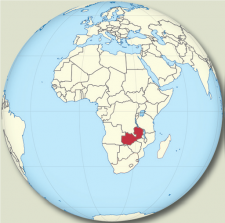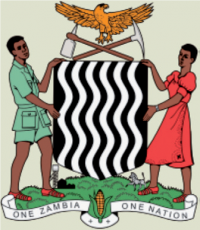
Almanac
Zambia, Republic of


Surgeon General
Dr Adrian MALEYA
Brigadier General MC
Medical Services
Ministry of Defence
P.O. Bag RW 17X
Lusaka
ZAMBIA
Pictures and Graphics: Wikimedia Commons
Basic Task of the Military Medical Service
Defence Force Medical Services is the overall advisor on health matters to the Ministry of Defence and the services (Army, Air Force and ZNS).
Functions
- To provide quality health care in order to maintain a healthy Defence Force and Zambia National Service.
- To effectively manage and develop human resources in order to enhance organisational performance.
Military Hospitals
Maina Soko Military Hospital
Maina Soko military hospital draws its manpower from the three services namely Zambia Army, Zambia Air Force and Zambia National Service and a few civilian staff from the Ministry of Defence.
Function
The function of the hospital is to provide quality health care services to military personnel in order to maintain a healthy Defence Force. It also caters for immediate family members both in war and peacetime.
Northern Command Military Hospital
Northern Command Military Hospital (NCMH) is charged with the responsibility of providing health care to the military personnel of the three services and civilians in the catchment area.
Functions
- Provision of quality, accurate efficient health care services to all military personnel, their families living in the northern region of Zambia, the general public, VIPs and other Government dignitaries as advised by the Ministry of Defence.
- Participate in national, provincial health programs including management and mitigation of epidemic diseases, and natural disaster programs.
Defence School of Health Sciences
The Defence School of Health Sciences (DSHS) is responsible for providing training to military personnel that have relevant entry qualification and upgrade those with basic professional training, so as to improve and maintain professional competence.
Functions
- Train health care personnel through pre-course and in-service training in accordance with the laid down requirements by regulatory body authorities in order to maintain a professionally competent workforce in the provision of quality health care to personnel and civilians living in the catchment areas.
Conduct research, disseminate and utilizes findings in order to contribute to policy formulation and provision of quality, evidence-based healthcare in accordance with guidelines set by the health regulatory bodies.
(status: 15 July 2020)











